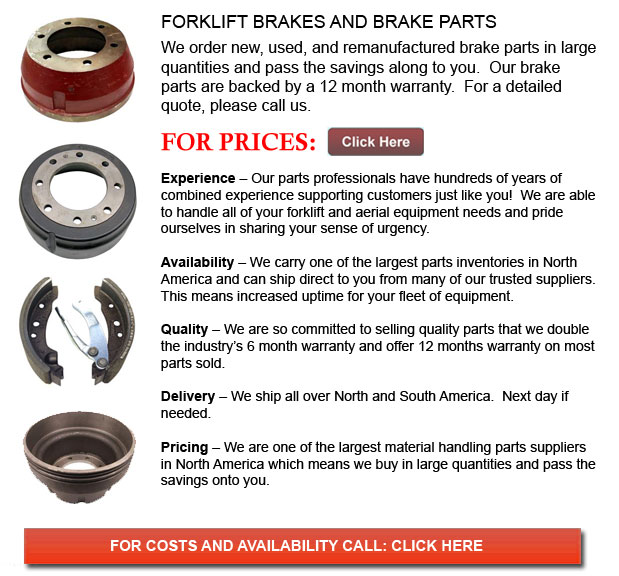
Forklift Brakes - A brake drum is where the friction is provided by the brake pads or brake shoes. The shoes or pads press up against the rotating brake drum. There are some different brake drums types along with certain specific differences. A "break drum" will usually refer to when either pads or shoes press onto the interior surface of the drum. A "clasp brake" is the term used to be able to describe if shoes press next to the outside of the drum. One more type of brake, called a "band brake" uses a flexible band or belt to wrap all-around the exterior of the drum. Whenever the drum is pinched in between two shoes, it could be known as a "pinch brake drum." Like a conventional disc brake, these types of brakes are quite uncommon.
Previous to 1955, early brake drums needed constant modification periodically so as to compensate for drum and shoe wear. "Low pedal" or long brake pedal travel is the hazardous outcome if modifications are not executed sufficiently. The vehicle could become hazardous and the brakes could become ineffective whenever low pedal is combined along with brake fade.
There are different Self Adjusting Brake Systems offered, and they could be categorized within two major kinds, RAD and RAI. RAI systems have inbuilt devices that prevent the systems to recover if the brake is overheating. The most well known RAI makers are AP, Bendix, Lucas, and Bosch. The most well-known RAD systems consist of Bendix, Ford recovery systems, Volkswagen, VAG and AP.
Self repositioning brakes normally make use of a mechanism which engages only whenever the motor vehicle is being stopped from reverse motion. This stopping technique is suitable for use where all wheels make use of brake drums. Nearly all vehicles nowadays utilize disc brakes on the front wheels. By operating only in reverse it is less possible that the brakes will be applied while hot and the brake drums are expanded. If adapted while hot, "dragging brakes" can occur, which raises fuel intake and accelerates wear. A ratchet device which becomes engaged as the hand brake is set is one more way the self adjusting brakes may operate. This means is only appropriate in functions where rear brake drums are used. When the parking or emergency brake actuator lever exceeds a specific amount of travel, the ratchet advances an adjuster screw and the brake shoes move in the direction of the drum.
There is a manual adjustment knob located at the bottom of the drum. It is generally adjusted via a hole on the other side of the wheel and this involves going under the forklift utilizing a flathead screwdriver. It is of utmost significance to be able to move the click wheel correctly and modify every wheel equally. If uneven adjustment happens, the vehicle may pull to one side during heavy braking. The most effective way to guarantee this tedious job is done safely is to either raise every wheel off the ground and spin it by hand while measuring how much force it takes and feeling if the shoes are dragging, or give every\each and every one the same amount of manual clicks and then do a road test.
![]() Click to Download the pdf
Click to Download the pdf
Forklift Parts

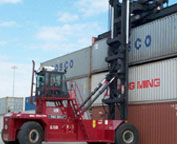
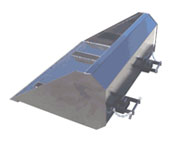
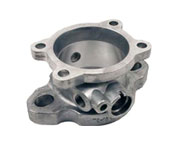
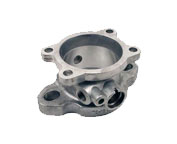
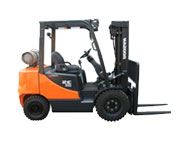
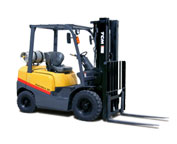
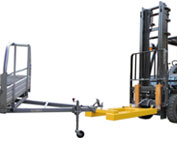
Lift Parts Express
TOLL FREE: 1-888-695-7994
Mobile, Alabama
forkliftpartsmobile.com
Email Us
About Us


